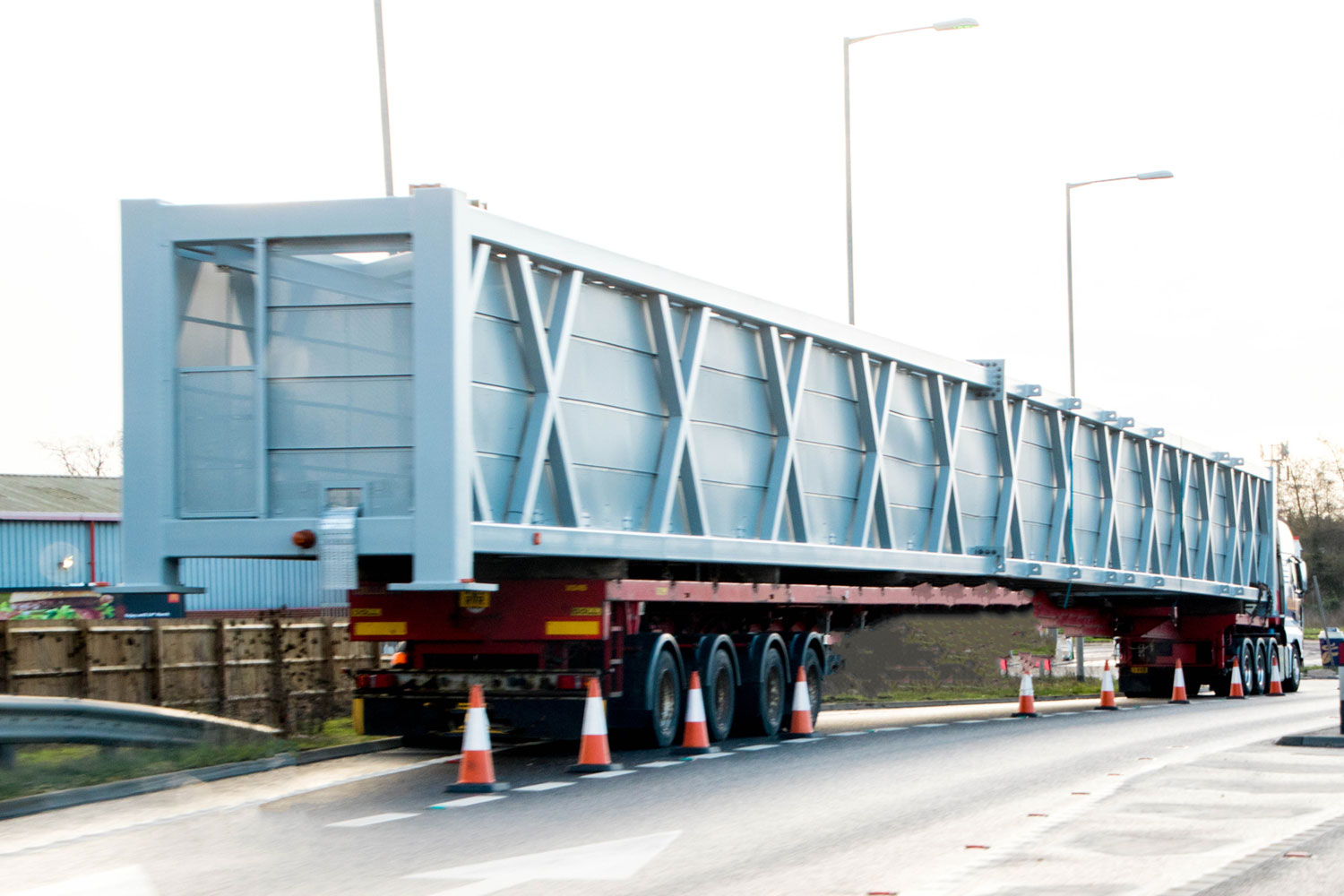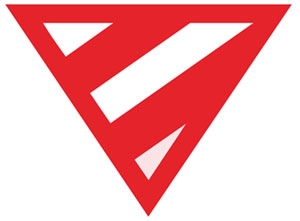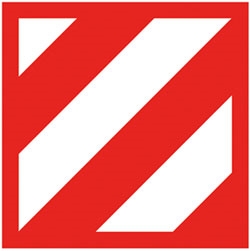
Over length/width vehicles
The rules about the over length/width of vehicles apply to all types of vehicle operating under STGO or Special Order. Similar rules about notification also apply to C&U vehicles, which are transporting wide or long loads, where allowed. A C&U load is normally a long or wide load, which overhangs the sides of the vehicle/trailer. Refer to the page on AIL Factors within this section for more information on the cases when larger loads or vehicles are permitted.
Over length
Defined as any single rigid unit (this may be either a rigid vehicle, or a trailer that forms part of a combination: for example, a semi-trailer being drawn by an articulated unit) exceeding 18.75 metres in length, including projections.
Or, a vehicle combination – such as a drawing vehicle and trailer – that exceeds 25.9 metres in length.
Requirements:
Front or rear projection:
Over-width projections
Special order movements
You must have a special order for vehicles, that when loaded are more than:
Special orders are issued on behalf of the Secretary of State by National Highways, Birmingham office. You will need to give:
The order only covers the journey when the vehicle is laden. When it is unladen, its length should be below 30 metres so that it does not need a special order.
For example, many long trailers are made up of modular units allowing some to be disconnected and carried on the remaining units. This is allowed under STGO.
Projection markers

A projection exceeding 2 metres – to the front or rear of a vehicle – must be marked with an end-marker, which faces the front or rear of the vehicle (above).

A projection exceeding 3 metres – to the front or rear of a vehicle – must (in addition) be marked with side- markers to both its right and left hand side, facing out sideways (above).
Any projection exceeding 305 millimetres width wise must be marked with 2 side markers (as above), one visible to the front and one visible to the rear of the vehicle. Alternatively, it may be marked by day-glow, fluorescent or retro-reflective tape, which is coloured red, white or yellow (or any combination), so that the point where the width is at its greatest is clearly visible from the front, rear and side of the vehicle.
If tape is used, then no retro-reflective material capable of showing red light can be fitted to the front of the vehicle and only red light can be fitted to the rear.
As an alternative to the end marker or side marker boards pictured above – in any cases where they are needed – it is ok to use a different form of marker which is authorised in another European country for use on projecting loads. A typical example is shown below.

Extendable trailers
Extendable trailers can be used for carrying long loads if they obey the rules within STGO.
Overhang of the front, rear and sides
The rules about loads that overhang the front, rear or sides of vehicles are set out in regulations 81 and 82 of the Road Vehicles (Construction and Use) Regulations 1986 (C&U), as amended. This Appendix provides an overview of the main rules.
Loads overhanging the front or rear of the vehicle
The table below is a summary of the needs for front and rear overhanging loads set out in regulation 82(7) of the Road Vehicles (Construction and Use) Regulations 1986 (C&U), as amended.
| Length of projection | Action if load projects rearwards | Action if load projects forwards |
| Not exceeding 1 metre | No requirements specified | No requirements specified |
| More than 1m, but not exceeding 2m | End must be made clearly visible (C&U Schedule 12, para 4) | No requirements specified |
| More than 2m, but not exceeding 3.05m | Marker boards required (C&U Schedule 12, para 3) | Attendant required (C&U Schedule 12, para 2) and Marker boards required (C&U Schedule 12, para 3) |
| Exceeding 3.05m | 2 clear working days’ notice to police (C&U Schedule 12 paragraph 1), Attendant required (C&U Schedule 12, paragraph 2) and Marker boards required (C&U Schedule 12, paragraph 3) | 2 clear working days’ notice police (C&U Schedule 12, paragraph 1), Attendant required (C&U Schedule 12, paragraph 2) and Marker boards required (C&U Schedule 12, paragraph 3) |
Loads overhanging the sides of the vehicle
The table below is a summary of the required needs for loads overhanging the sides of a vehicle as set out in regulation 82 of C&U.
| Load projection or overall width | Action required |
| Over 305 mm lateral projection on either side | 2 clear working days’ notice to police (C&U Schedule 12, para 4), Marker boards front and rear (C&U Schedule 12, para 3) and additional lights required during hours of darkness or poor visibility |
| More than 2.9 m, but no more than 3.5 m overall width | 2 clear working days’ notice to police (C&U schedule 12, para 4), Marker boards front and rear (C&U Schedule 12, para 3) and additional lights required during hours of darkness or poor visibility |
| More than 3.5 m, but not exceeding to 4.3 m overall l width | 2 clear working days’ notice to police (C&U Schedule 12, para 4, Attendant required (C&U Schedule 12, para 2), Marker boards front and rear (C&U Schedule 12, para 3 and Additional lights required during hours of darkness or poor visibility |
Non-GB Vehicles
Non-GB vehicles operating within this country are subject to the same rules about dimensions and weights contained within the C&U and AW Regs. They are able to take advantage of the STGO exemptions to the above rules according to the same conditions.
The use of alternative signage, typically the French ‘Convoi Exceptionnel’ and the square white/red ‘chevron’ plates shown above, is acceptable within the UK.
Source – DVSA